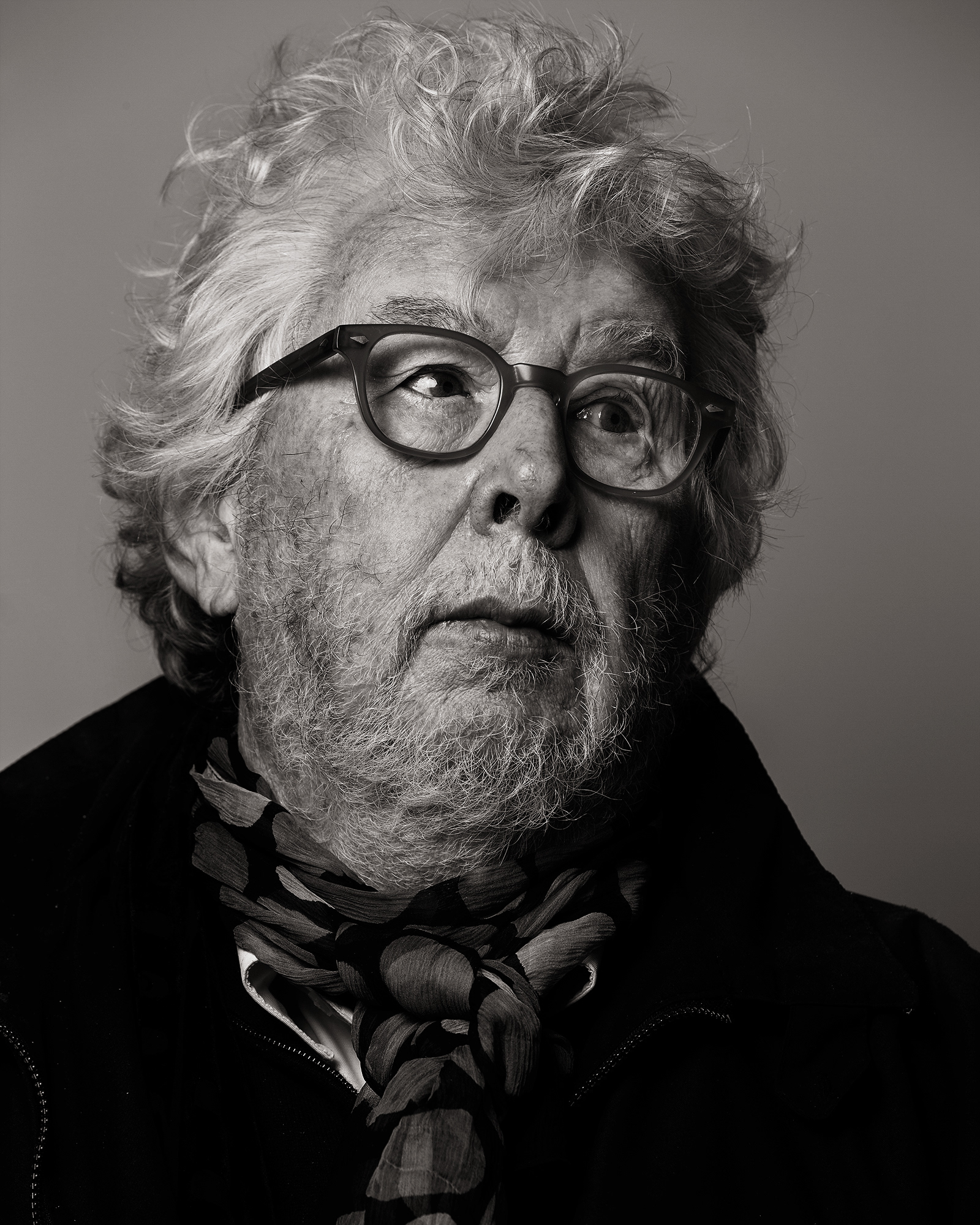Simon Harsent’s career has spanned more than 20 years and three continents. Born in England, his photographic career began in London after he finished studying photography at Watford College.
In 1987 Harsent moved to Sydney, Australia where he soon established himself as one of the country’s leading commercial photographers working with the top advertisers in Australia and Asia.
In 1987 Harsent moved to Sydney, Australia where he soon established himself as one of the country’s leading commercial photographers working with the top advertisers in Australia and Asia.
1997 saw Harsent move to New York, which remains his base to this day. However, his connection to Australia and Asia did not stop there. He frequently returns to Australia to shoot and is co-founder of POOL, a thriving photographers’ collective which produces a quarterly magazine for the iPad of which Simon is Creative Director. Harsent was listed as one of the most influential people in advertising in Australian Creative’s 2011 Power 20 issue.
Over the years, Harsent’s work has been recognized by numerous awards bodies. These include Archive, American Photography, Graphis, Communication Arts, PDN, D&AD, Clio, One Show and Cannes. He has been listed in Luerzer’s Archive 200 Best Advertising Photographers Worldwide every year since its inception, and his work with Levis in Asia in 2008 saw him named Photographer of the Year at The Institute of Advertising Singapore Hall of Fame Awards.
Simon’s first monograph, Melt: Portrait of an Iceberg was published late 2009 to critical acclaim, reinforced by its inclusion in the PDN Photo Annual and the prestigious D&AD Annual. He was also asked to feature in Canon’s interview series Seconds With, where he talked about his journey in creating the book Melt. In 2011 Simon collaborated with his father, the Poet David Harsent, on a series called Into the Abyss, which was later exhibited at the Sydney Opera House.
1- when did you decide to pursue art/illustration as a career? t's hard to say, I don't think I ever really made that decision it just happened. I started taking pictures when I was about 13 and just kept doing it, I never really thought about doing anything else. It wasn't a case of do I become this is was a case of this is who I am how do I make it work.
I was lucky my parents were very supportive of me and never questioned me or put any pressure on me to do anything other than what I loved in-fact they actively encourage it.
I left school at 16 and went to collage to study photography but left before I finished my studies as I got a job assisting an advertising photographer from there I just fell into earning my living as a photographer. I feel very lucky in that respect.
I was lucky my parents were very supportive of me and never questioned me or put any pressure on me to do anything other than what I loved in-fact they actively encourage it.
I left school at 16 and went to collage to study photography but left before I finished my studies as I got a job assisting an advertising photographer from there I just fell into earning my living as a photographer. I feel very lucky in that respect.
2- What are your goals as an artist? The same as most I would say, to produce a body of work over my lifetime that reaches a large audience and hopefully is well received.
I'd be lying if I didn't say there are material goals and egotistical goals like wanting to be hung in major institutions, being recognized by my piers and make money from my art, but the thing that keeps me going and pushing is just the creation of the work.
If I was doing it just for the money or for the accolades it would be the wrong reason for me to be producing art and I think the work would suffer. Ultimately it's about constantly producing work I'm proud of.
The commercial aspect of my work this provides me with the ability and finances to be able to produce my art purely as a form of expression without having to worry about if it will sell so I can pay my bills which gives me a fantastic freedom.
The simple answer to the question would be, to grow as an artist and a person and to continue to live the life I have now.
I'd be lying if I didn't say there are material goals and egotistical goals like wanting to be hung in major institutions, being recognized by my piers and make money from my art, but the thing that keeps me going and pushing is just the creation of the work.
If I was doing it just for the money or for the accolades it would be the wrong reason for me to be producing art and I think the work would suffer. Ultimately it's about constantly producing work I'm proud of.
The commercial aspect of my work this provides me with the ability and finances to be able to produce my art purely as a form of expression without having to worry about if it will sell so I can pay my bills which gives me a fantastic freedom.
The simple answer to the question would be, to grow as an artist and a person and to continue to live the life I have now.
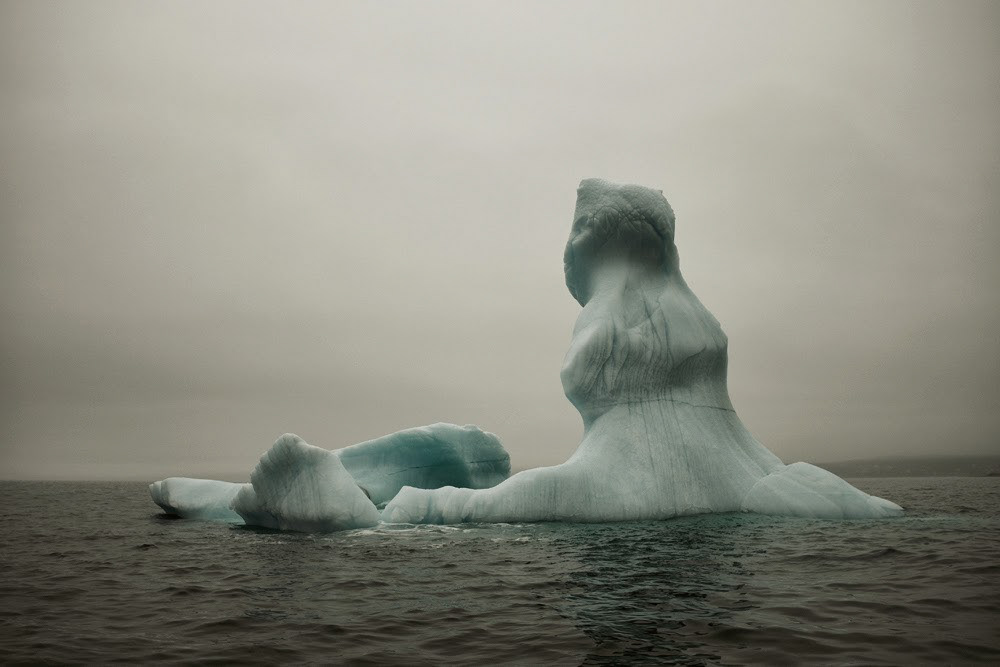
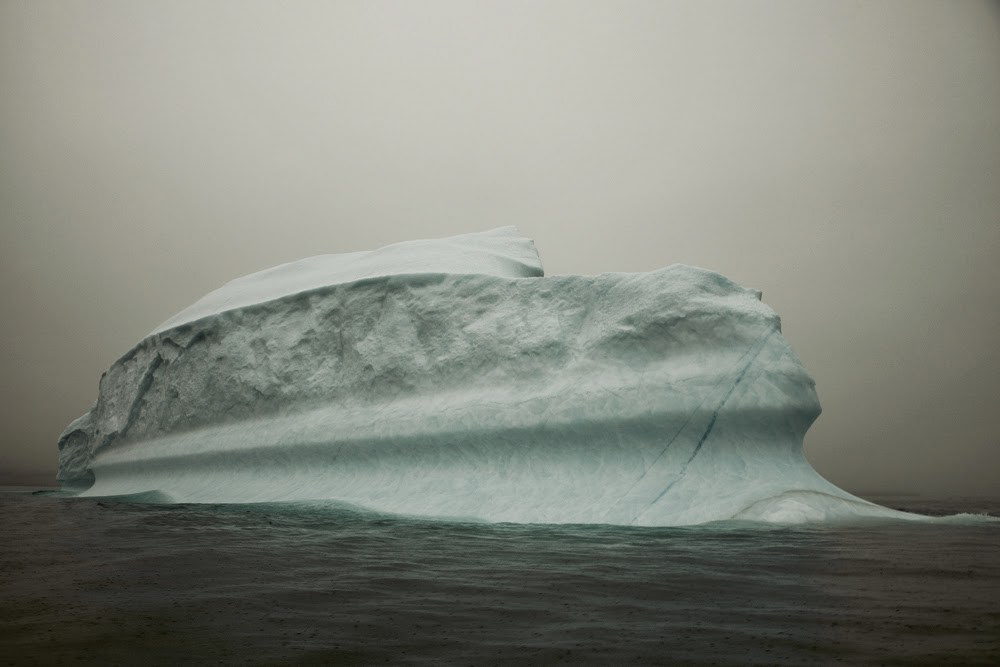
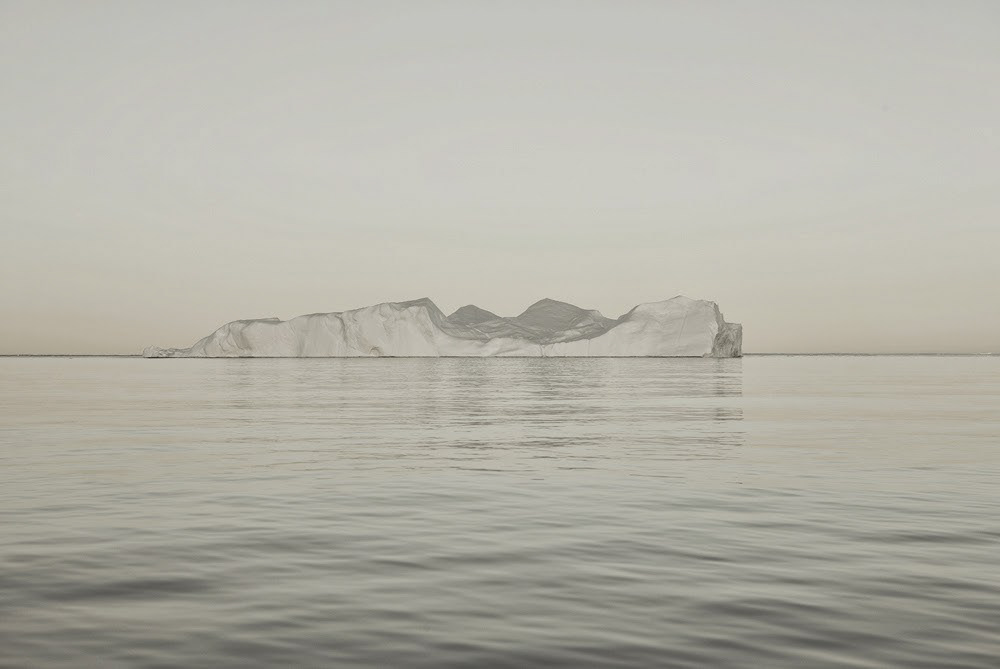

3- What's your favourite place to developed your ideas? Most ideas come to me during quite times, often late at night, I think a lot when I'm driving I very rarely have the radio on in a car, I like silence, there are too many distractions in my day to day so it's nice to have quite time.
Having said that mostly during times like that I'm developing an idea in my head that has already come to me.
I think most of my inspiration comes from just being active with my work, I get a lot of ideas when I'm producing other work. Those ideas seam to originate then and then resurface during quite times. There is a momentum that I find when I'm working that creates a snowball effect, one idea leads to another and that idea expands, I tend to be quite active with my work, I'm no good if I don't have a camera in my hands or if I'm not producing work I get restless very easily.
Having said that mostly during times like that I'm developing an idea in my head that has already come to me.
I think most of my inspiration comes from just being active with my work, I get a lot of ideas when I'm producing other work. Those ideas seam to originate then and then resurface during quite times. There is a momentum that I find when I'm working that creates a snowball effect, one idea leads to another and that idea expands, I tend to be quite active with my work, I'm no good if I don't have a camera in my hands or if I'm not producing work I get restless very easily.
4- Where in the world is your favorite place to see art? Although there are so many avenues to see great work these days wether it be over the internet or on the street I guess i'm old fashioned as I have to see it in a gallery for it to really resonate with me, I like the ambiance of a traditional Gallery space and how that effects how you look at the work.
If I was to pick a city I'd say New York. There is so much going on all the time it really is around you 24/7.
I love the MOMA and spend a lot of time there when I'm home.
Also The Met in NY but really it's more about the work than where it is, there are some incredible galleries in NY I feel very lucky to have that on my door step. I can't leave out The National Gallery in London as it brings back so many wonderful memories as a child.
If I was to pick a city I'd say New York. There is so much going on all the time it really is around you 24/7.
I love the MOMA and spend a lot of time there when I'm home.
Also The Met in NY but really it's more about the work than where it is, there are some incredible galleries in NY I feel very lucky to have that on my door step. I can't leave out The National Gallery in London as it brings back so many wonderful memories as a child.
5- What exhibit, that you have seen within the last year, has most influenced you? I just saw Cai Guo Qiang at the QGOMA (In Brisbane Australia) which was fantastic I love his work I first saw his work in the one man show at the Guggenheim and was blown away I haven't been that effected by an artist for a very long time. I love the work he does with gunpowder on paper, it just speaks to me I don't know why but when I saw the work it just made sense it was like seeing a long lost friend. I saw The Richard Avedon exhibition at the National Portrait Gallery in Australia last year, again such a great show, the thing I loved about it were the imperfections in the work, so much imagery is glossed over these days, there was one image that stuck with me of Bjork she had obviously been wearing fishnet stockings on her legs that she had taken off and the imprint of the stockings was left on her skin, I loved that detail it made the image for me.
Other good shows I've seen recently Richard Learoyd at the McKee Gallery in NY and Bill Brandt at the MOMA.
Other good shows I've seen recently Richard Learoyd at the McKee Gallery in NY and Bill Brandt at the MOMA.
6- Do you collect anything? Yes I collect photographs, mostly Black and White work pre 70's. Such as Horst P Horst', Avedon, Willy Ronis, Bailey but also have some form the 90's like Albert Watson and Salgaldo. I also have over 400 photo books.
7- If you could choose anyone to see your work, who would he or she be? Tough question.
I think it's tempting to say a well know curator or someone who could enhance my career but I think the most wonderful thing would to be to get feedback from an artist who I admire.
I'd love to share my work with some of the artists who have influenced me, people like Mark Rothko, Edward Weston, Irving Penn, Rembrandt and Van Gogh but obviously they are all dead.
Maybe Cai Guo Qiang?
I think it's tempting to say a well know curator or someone who could enhance my career but I think the most wonderful thing would to be to get feedback from an artist who I admire.
I'd love to share my work with some of the artists who have influenced me, people like Mark Rothko, Edward Weston, Irving Penn, Rembrandt and Van Gogh but obviously they are all dead.
Maybe Cai Guo Qiang?




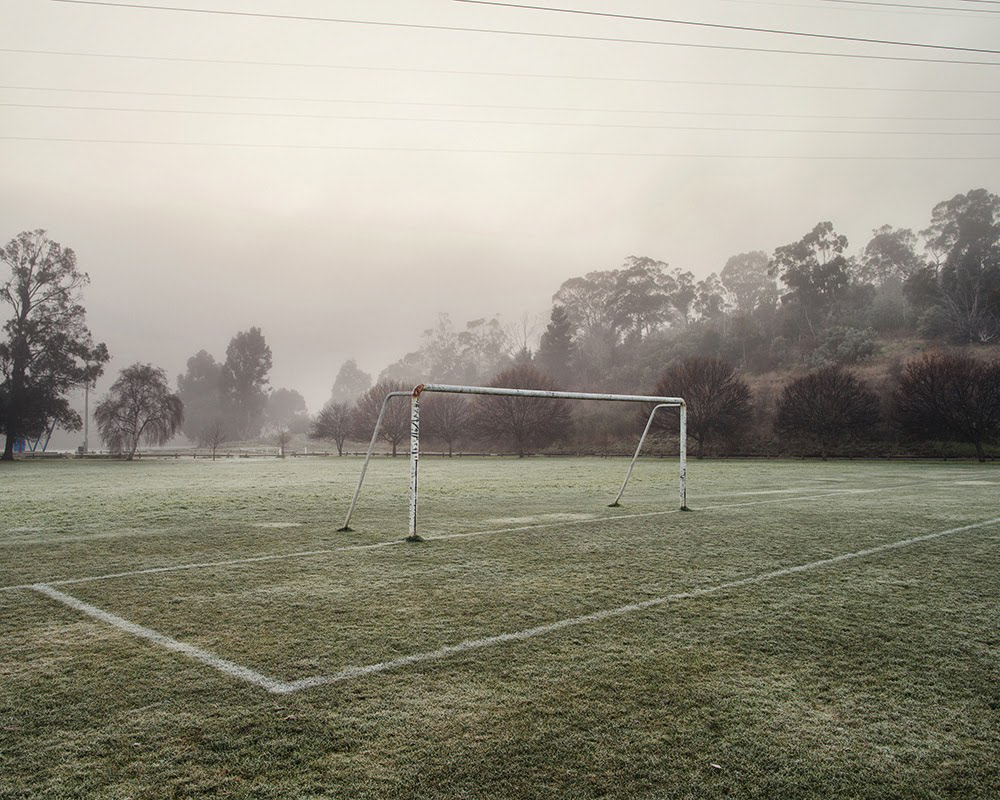

8- What is the greatest compliment anyone has ever paid to you regarding your artwork? That it inspired them to pursue being a photographer, I don't think it really gets any better than that.
9- In which walls would you like to see your work exposed in 10/20 years. The obvious ones are MOMA and The Tate but I think as long as it is hung somewhere where I get the right audience I'd be happy. I've just finished exhibiting a project called The Beautiful Game and I had a lot of people come and see it who had never been to a gallery before, that sort of thing gives me a real buzz, I'd like to take that show around the world, maybe to smaller places where I could introduce people to art that wouldn't normally think to go and see an exhibition.
10. Last one, Who would you love to see answering this same questions? Either Cai Guo Qiang or Palo Roversi. Roversi is a genius, I've loved his work since I first saw it in the 80"s



